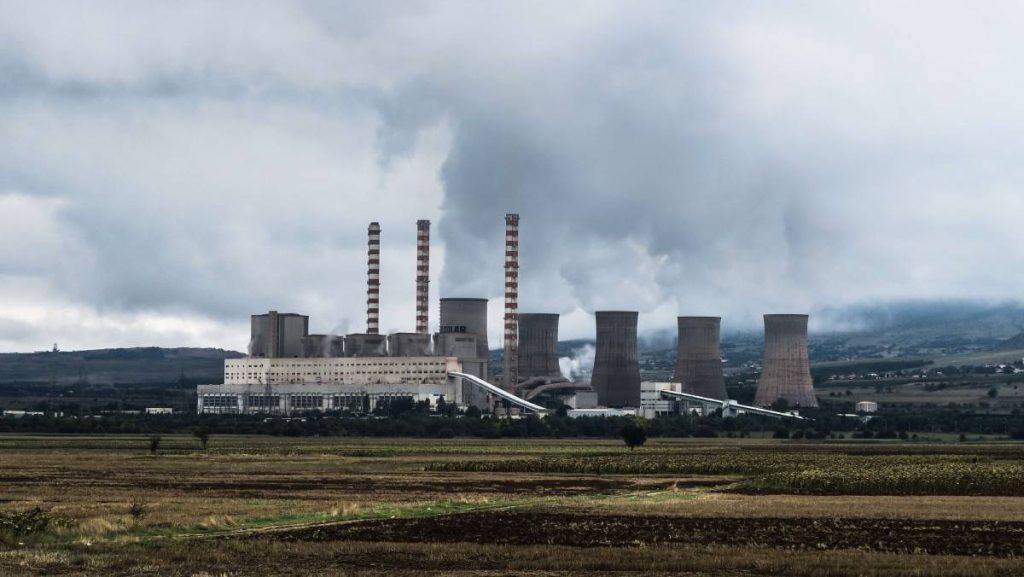Recent scientific studies are showing growing concerns about the rise in mercury pollution as a direct consequence of global deforestation. In light of this evidence, experts urge for immediate measures to address these detrimental environmental impacts.
The Vicious Cycle: Deforestation and Mercury Emissions
The link between deforestation and increasing mercury emissions has been established by several researchers over the years. Forests naturally act as carbon sinks, absorbing significant amounts of atmospheric carbon dioxide. The destruction of forests disturbs this process, eventually leading to increased greenhouse gas emissions.
Furthermore, trees store large quantities of mercury within their biomass during their lifetime. When trees are cut down or burned during deforestation, the stored mercury is released back into the environment, causing an escalation of its concentration in the air, water, and soil. These higher levels of mercury contribute to serious health risks for both humans and wildlife, with potentially catastrophic consequences.
Human Activities Amplify Environmental Fallout
Among various human activities that worsen this scenario, the burning of fossil fuels such as coal, oil, and natural gas generates mass amounts of airborne mercury particles. Additionally, industrial processes like mining also release significant volumes of mercury into water systems and soils, further contaminating ecosystems.
Agriculture practices such as monoculture farming intensify these problems by accelerating deforestation rates and discharging harmful chemical fertilizers and pesticides into the environment. Over time, these substances accumulate in ecosystems, significantly degrading soil quality and restricting plant growth, which only exacerbates the problem of mercury releases.
Gold Mining’s Role in Mercury Pollution
An exceptionally alarming source of mercury pollution stems from artisanal small-scale gold mining (ASGM). According to the United Nations, this sector is the most significant driver of mercury pollution in several developing countries worldwide. The method involved – amalgamation, where mercury binds with gold – emits high levels of toxic mercury into the environment. Consequently, ASGM becomes a major contributor to deforestation and the associated rise in mercury emissions.
The Impact on Biodiversity & Human Health
As deforestation rates continue to increase and disrupt natural ecosystems, both fauna and flora face a severe decline in diversity. Habitat loss and fragmentation, coupled with heightened mercury concentrations, pose substantial challenges for wildlife populations.
Aquatic species are particularly vulnerable to rising mercury levels, which accumulate in water bodies and are absorbed by organisms at the base of the food chain. Over time, the toxic metal biomagnifies in higher levels of the food web, affecting larger predators like fish-eating birds, marine mammals, and ultimately, humans.
Notably, exposure to elevated levels of mercury can cause a range of health issues in people, including neurological disorders, kidney damage, respiratory problems, and cardiovascular diseases. Furthermore, it poses a significant risk to pregnant women and young children, as mercury exposure has been linked to developmental delays and reduced cognitive function.
Mercury Contamination in Indigenous Communities
Indigenous communities rely heavily on their surrounding environment for sustenance, making them especially susceptible to these adverse impacts. With many indigenous groups situated near gold mining operations and deforested regions, they experience harmful levels of mercury exposure through aerosol inhalation, contact with contaminated soil and water, and consumption of polluted food sources – mainly fish.
Research reveals that across several regions, indigenous communities exhibit high mercury concentration in their systems, resulting in numerous health issues such as birth defects, sterility, and chronic diseases. The persistent contamination of their traditional lands profoundly affects these communities’ connection with their environment and jeopardizes their cultural heritage.
Addressing the Problem: Strategies & Recommendations
Given the alarming effects of deforestation-induced mercury pollution on ecosystems, wildlife, and human health, it becomes crucial to implement solutions that directly tackle both issues. Some essential steps include:
- Promoting sustainable land management practices: Encouraging reforestation efforts by planting native species, practicing agroforestry, and adopting diversified farming can significantly reduce deforestation rates and restore damaged ecosystems, hence mitigating mercury emissions.
- Regulating and monitoring industrial activities: Reinforcing government policies and guidelines to monitor mining operations, particularly ASGM, along with other industries emitting mercury, can prevent large-scale environmental contamination.
- Supporting clean energy alternatives: Investing in renewable energy sources like solar, wind, and hydropower helps minimize reliance on fossil fuel combustion, signifcantly reducing greenhouse gas emissions and airborne mercury particles.
- Educating public and affected groups: Spreading awareness about the dangers of mercury exposure and promoting safe methods of disposal is vital in protecting vulnerable populations and minimizing potential health risks.
In conclusion, researchers emphasize a multifaceted approach to mitigating deforestation, regulating mercury-emitting processes, and enhancing global efforts to protect biodiversity and human health from the increasing threat of mercury pollution.

Meet William, a proud Bethel University alumnus with a fervent passion for lifestyle and culture topics. His keen interest doesn’t stop there; he’s also deeply engrossed in current events of all kinds. William dedicates himself wholeheartedly to this site, thriving on the collaborative energy he shares with Suzanne, his long-standing partner in crime.
Having navigated their university courses side by side for years, their teamwork on the site is nothing short of dynamic. Together, they bring a unique blend of insights, proving that two heads are indeed better than one in delivering compelling content.













